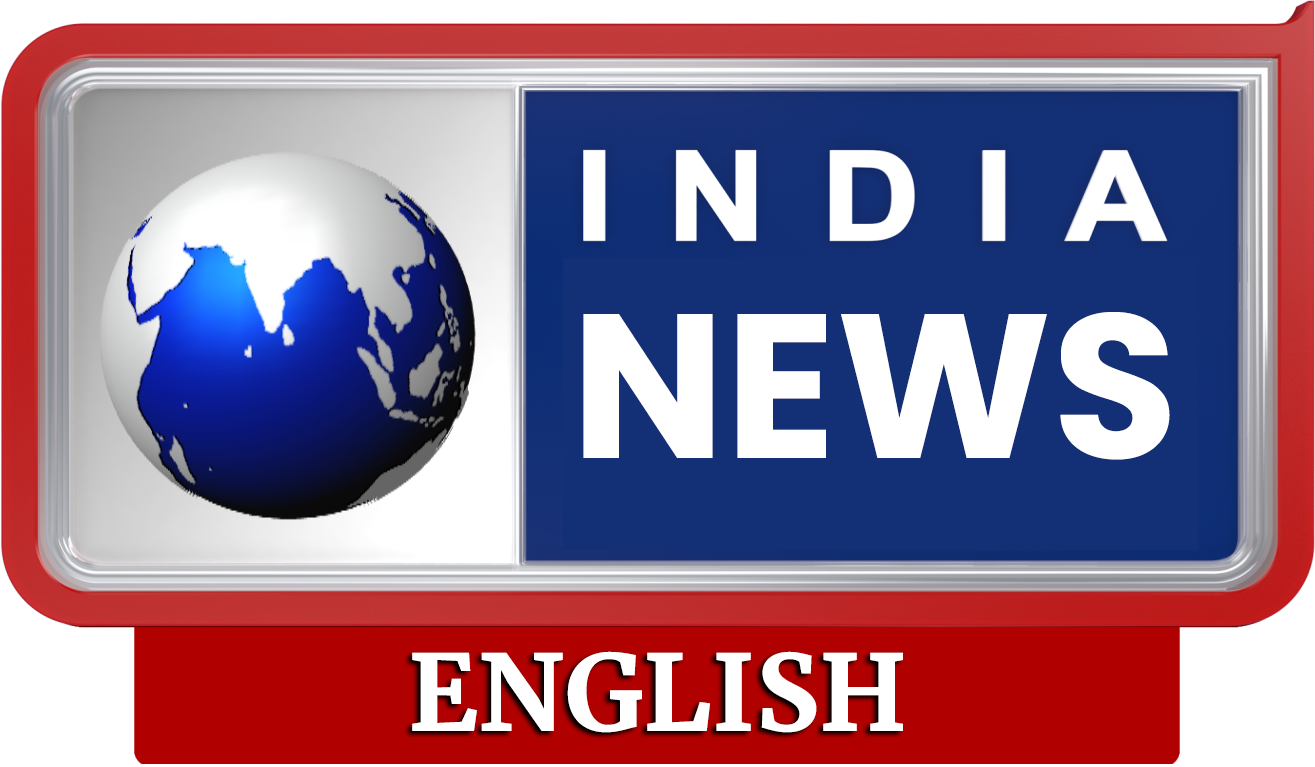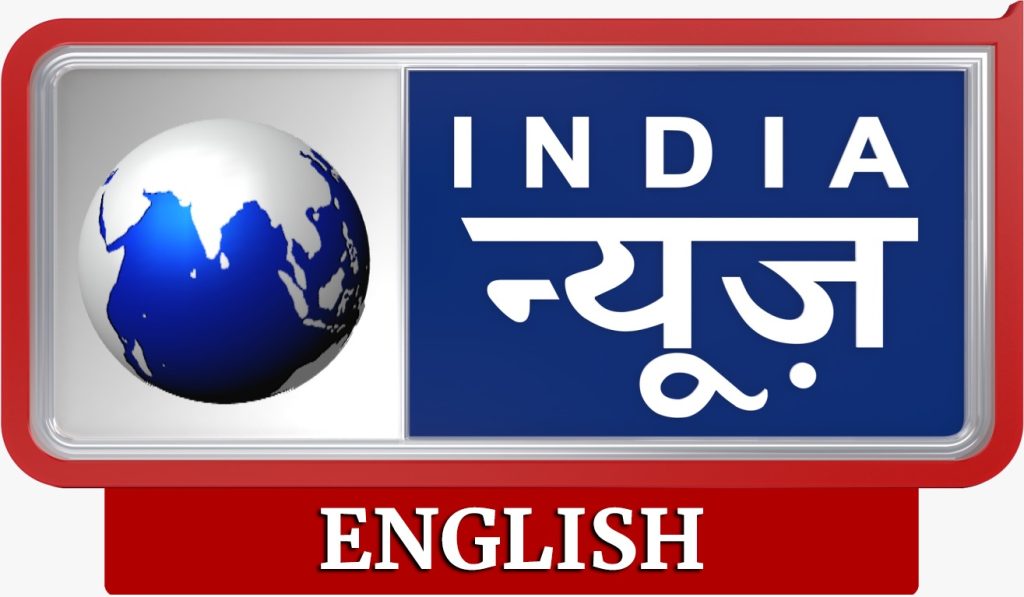By Trevor Hunnicutt, Tim Kelly and John Geddie TOKYO (Reuters) -U.S. President Donald Trump lavished praise on Japan's first female leader Sanae Takaichi in Tokyo on Tuesday, welcoming her pledge to accelerate a military buildup and signing deals on trade and critical minerals. Takaichi, a close ally of Trump's friend and golfing partner late Japanese leader Shinzo Abe, also said she would nominate Trump for the Nobel Peace Prize, White House spokeswoman Karoline Leavitt told reporters. The new prime minister is also expected to offer a package of U.S. investments under a $550-billion deal agreed this year, including shipbuilding, and increased purchases of U.S. soybeans, natural gas and pickup trucks, sources familiar with the talk said. Those gestures may temper any Trump demands for Tokyo to spend more on defending islands from an increasingly assertive China, which Takaichi sought to head off by pledging last week to fast-track plans to increase defence spending to 2% of GDP. "It's a very strong handshake," Trump said, as the pair posed for photos at the Akasaka Palace in downtown Tokyo. "Everything I know from Shinzo and others, you will be one of the great prime ministers. I'd also like to congratulate you on being the first woman prime minister. It's a big deal," Trump told Takaichi as the pair sat down for discussions with their delegations. Takaichi gifted Trump Abe's putter, a golf bag signed by Japanese major winner Hideki Matsuyama and a gold leaf golf ball, according to photos posted on X by Trump's assistant Margo Martin. DEAL ON CRITICAL MINERALS SIGNED Trump also praised Japan's efforts to purchase more U.S. defence equipment, while Takaichi said Trump's role in securing ceasefires between Cambodia and Thailand, and Israel and Palestinian militants, were "unprecedented" achievements. Takaichi followed other world leaders to recommended Trump for the Peace Prize he has long said he is worthy of. The leaders then signed an agreement to support the supply of critical minerals and rare earths, as the countries seek to wean reliance off China's chokehold on the materials crucial for a wide range of products from smartphones to fighter jets. The deal aims to jointly identify projects of interest in areas such as magnets and batteries over the next six months and work together to develop stockpiles of key minerals among other measures. Trump was last at the palace, an ornate residence built in a European style, in 2019 for talks with Abe, who was assassinated in 2022. After lunch with Takaichi there, Trump met with relatives of people abducted by North Korea in the 1960s and 1970s to train its spies and their relatives. While some were later repatriated, Japan continues to press Pyongyang for a full accounting of all the abductees and the return of any who remain alive, a cause championed by Abe. "The United States is with them all the way," Trump said after greeting the families. The U.S. leader began his visit on Monday with a meeting at the Imperial Palace with Japanese Emperor Naruhito . VISIT U.S. NAVAL BASE Takaichi's gifts to Trump and repeated references to Abe are aimed at evoking memories of a close bond forged over hours the pair spent golfing together during Trump's first term. Abe was assassinated in 2022, with the trial of his assailant coincidentally beginning in the western city of Nara on Tuesday. A similar close relationship with the leader of Japan's key security and trade partner could help Takaichi bolster her weak political position at home. Though she has seen a surge in public support since becoming prime minister, her coalition government is two votes shy of a majority in parliament's lower house. Trump and Takaichi will later visit the U.S. naval base in Yokosuka near Tokyo, which is home to the aircraft carrier USS George Washington, part of the U.S. military's powerful presence in the region. Trump will then meet business leaders in Tokyo, before travelling on Wednesday to South Korea. In talks there with Chinese President Xi Jinping, Trump said he hopes to seal a trade war truce between the world's two biggest economies. (Reporting by Tim Kelly, Trevor Hunnicutt, John Geddie, Mariko Katsumura; Editing by Clarence Fernandez and Lincoln Feast)
(The article has been published through a syndicated feed. Except for the headline, the content has been published verbatim. Liability lies with original publisher.)







